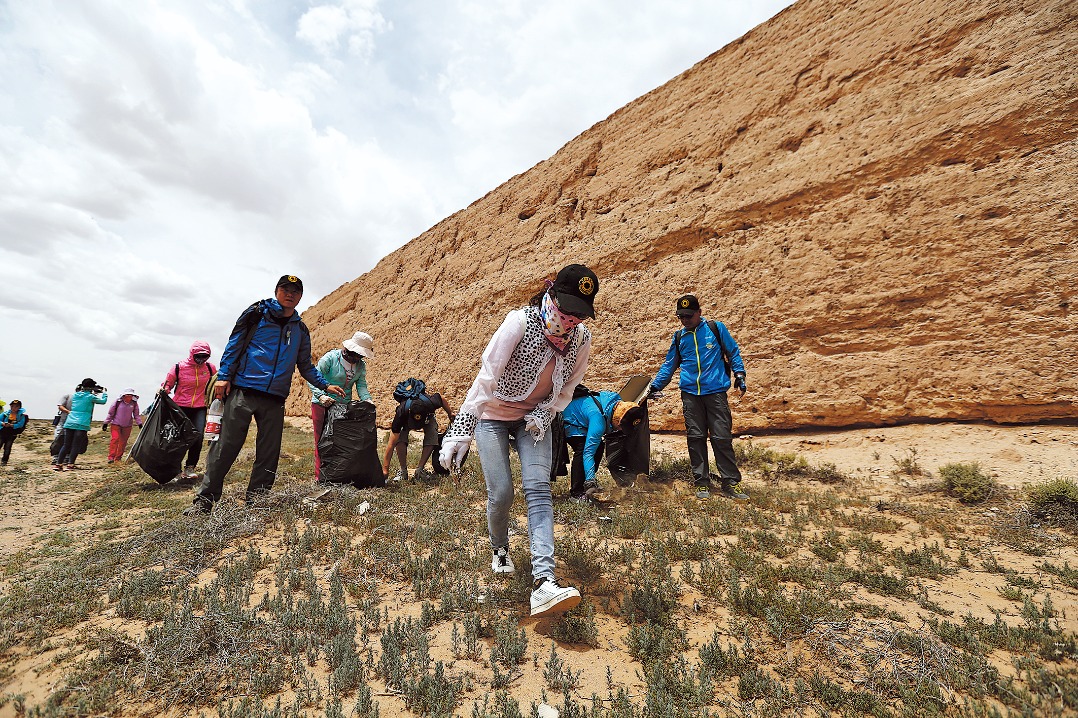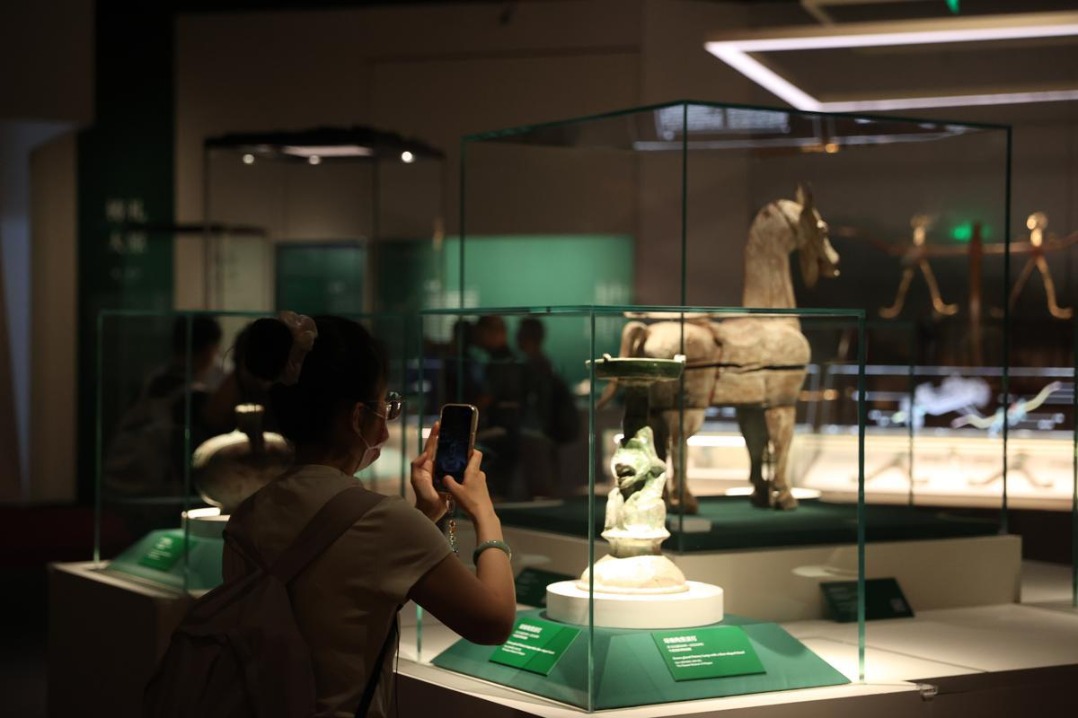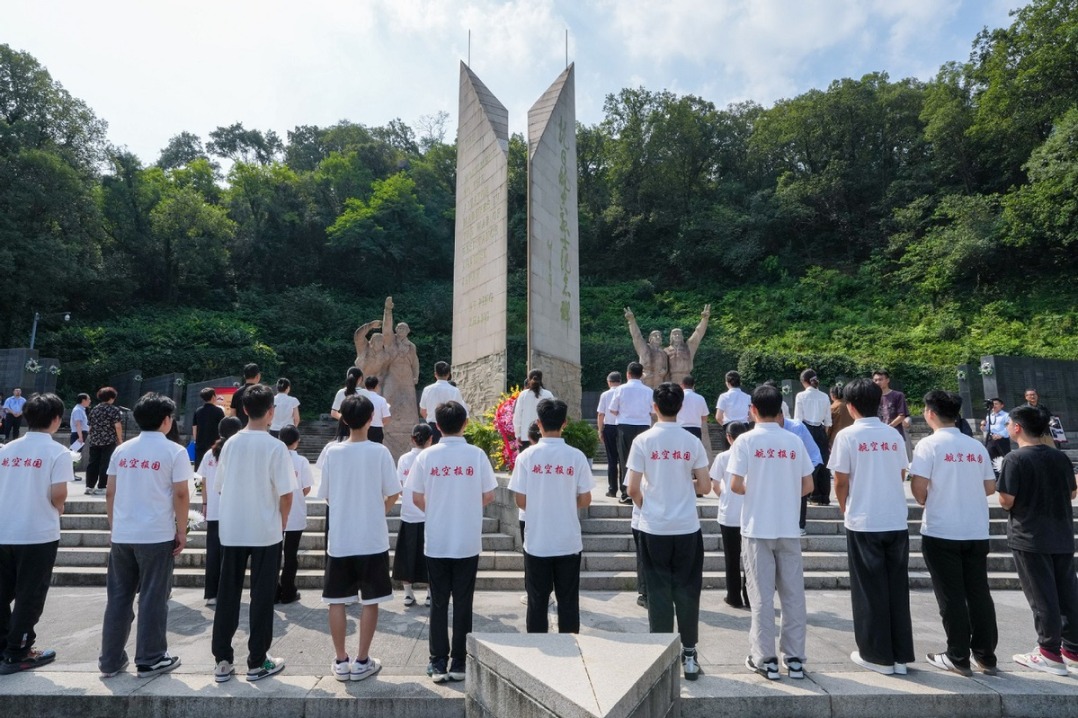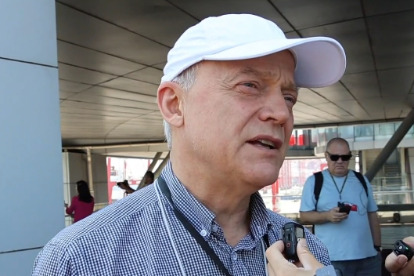New project aims to make relic site open to public


A landmark project aimed at protecting and utilizing a world-class Paleolithic site at an altitude of 3,750 meters is under construction in Daocheng county, Sichuan province, local authorities said.
With a total investment of 240 million yuan ($33.3 million), the Piluo site conservation and utilization project, including a center and supporting facilities, will cover a floor area of 13,581 square meters, they said. It is scheduled for completion in December 2027.
The project is expected to advance archaeological excavation of the Piluo site to new levels, significantly boost research capabilities, and make the prehistoric treasures accessible to the public through exhibitions.
Discovered in 2020, the Piluo archaeological site on the Qinghai-Tibet Plateau unearthed the world's highest-altitude discovery of Acheulean tools, a term that refers to a Lower Paleolithic culture's skillfully made flint axes.
These artifacts are also the most exquisite, sophisticated and complete of their kind in East Asia, offering crucial clues for the study of early humans' ability to conquer the harsh natural environment on the plateau, archaeologists said.
He Zhenhua, deputy director of the Sichuan Provincial Bureau of Cultural Relics, said the Piluo site is an archaeological discovery of global academic significance that has filled a critical gap in Paleolithic archaeology on the Qinghai-Tibet Plateau.
"The findings have reset the timeline of human habitation in the Qinghai-Tibet Plateau to over 200,000 years ago," he said.
"It offers key references for studying Paleolithic humans' environmental adaptation and key materials for exploring major issues including late Middle Pleistocene hominin behavior and modern humans' emergence and dispersal."
He suggested that Daocheng county adopt new concepts, technologies and approaches to bring the archaeological achievements of the Piluo site to life and make them popular, taking the project as an opportunity to uncover multifaceted value of cultural relics.
Gerong Drime, Party secretary of Daocheng, emphasized that the project is a comprehensive initiative integrating academic research, cultural preservation and tourism development.
Upon completion, it will become an authoritative storytelling platform for research on human evolution on the plateau and a temporal bridge linking ancient civilizations with modern life, he said.
Gerong Drime said the project is also a concrete measure in the famous tourist destination's strategic initiative to establish a new cultural tourism landmark, while serving as a foundational infrastructure for the site's application for UNESCO World Heritage status. "We will leverage this opportunity to pioneer a development model integrating archaeological excavation, conservation and display, and tourism experiences," he added.
Namgyal, director of Daocheng's culture, radio, television and tourism bureau, said the project will adhere to a "conservation-first, sustainable utilization" approach to prevent damage to the ruins.
"We will foster integrated development between the Piluo site and the county's rich tourism resources, advancing Daocheng's vision to become a world-class tourism destination," he said.
Daocheng is renowned for its pristine alpine ecosystems featuring majestic snowcapped peaks, glacial landscapes and diverse wildlife. It is also home to two world-class engineering marvels. The Daocheng Yading Airport, located 4,411 meters above sea level, is the world's highest-altitude civilian airport; and the Daocheng Solar Radio Telescope is the largest synthetic aperture radio telescope globally.
- New project aims to make relic site open to public
- Inspired by tour, Tianjin visitors show confidence in enhanced regional ties
- Smart cities key to driving SCO's intl influence
- Collaborative efforts lead to success at Luban Workshop in Tajikistan
- Conference calls for outstanding digital projects
- GBA to host upcoming 15th National Games






































